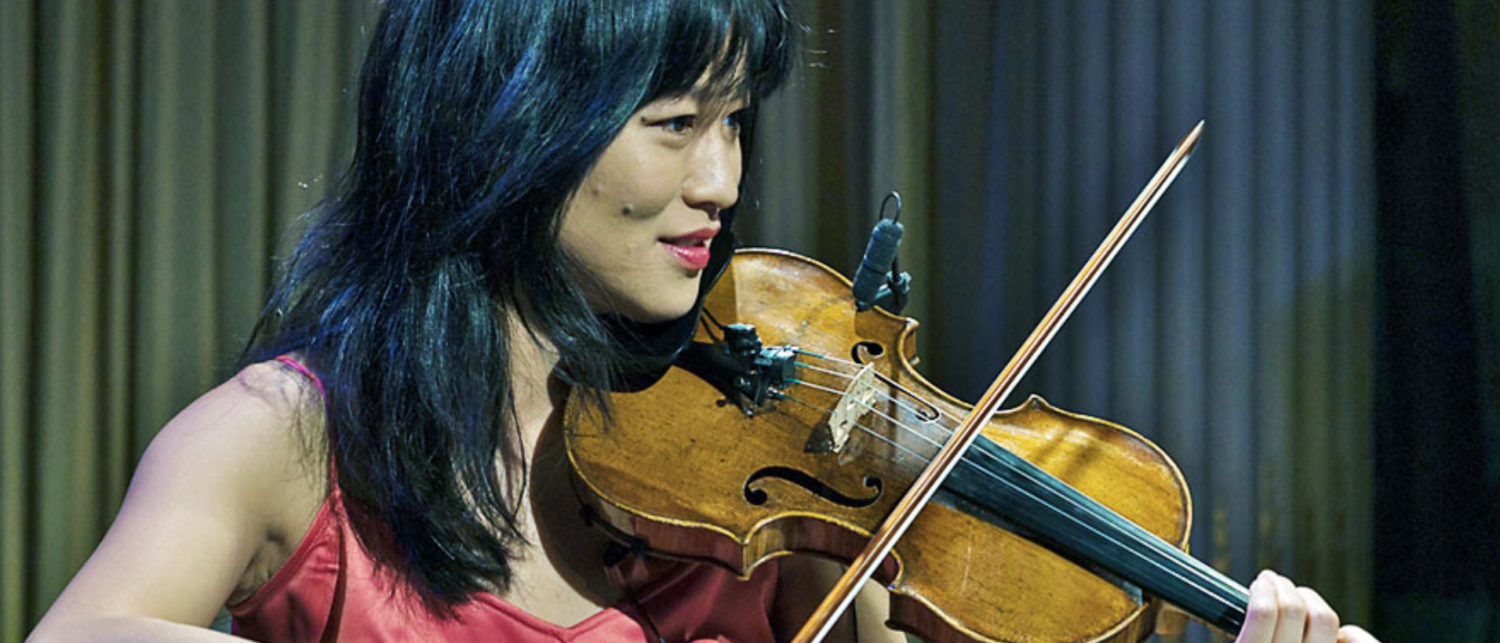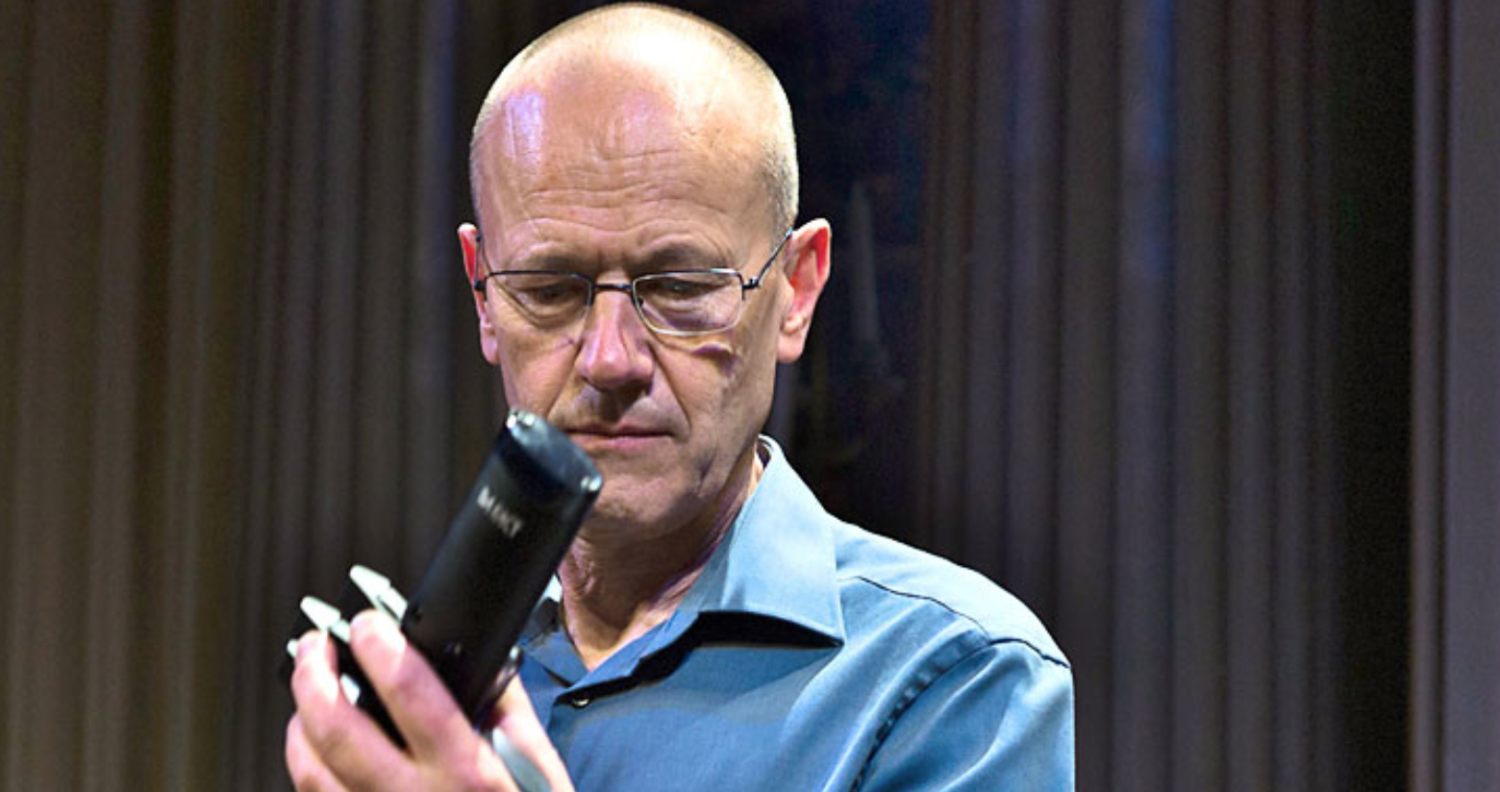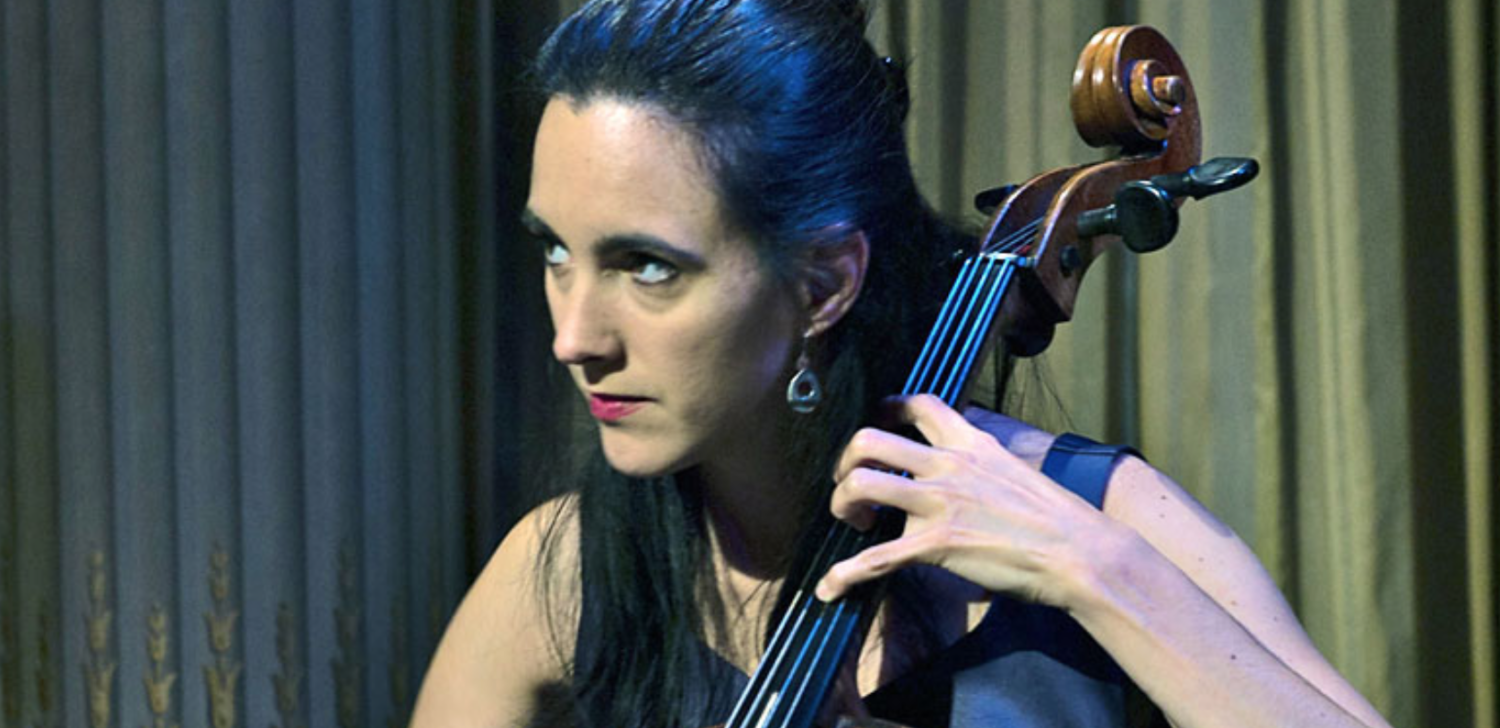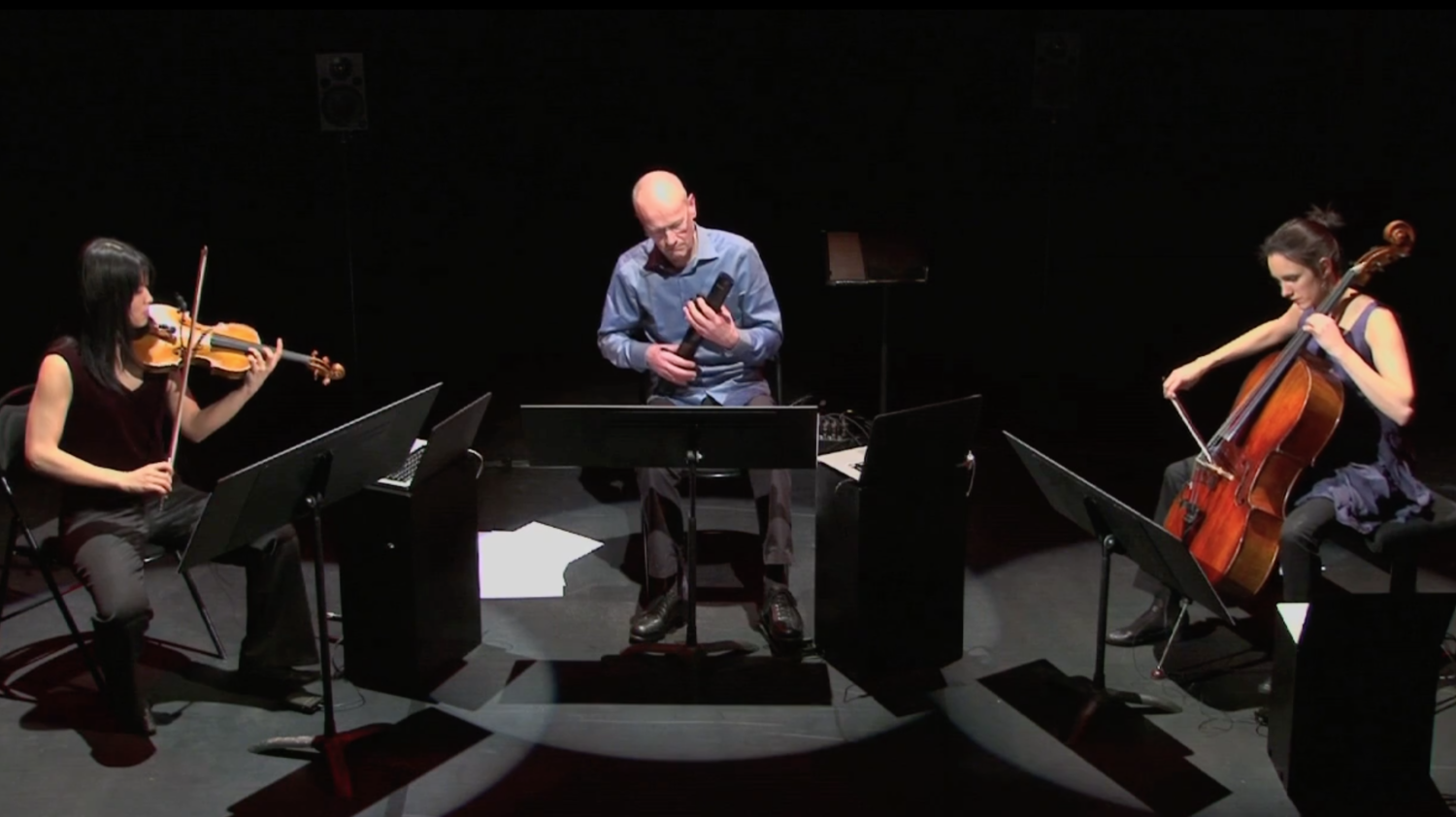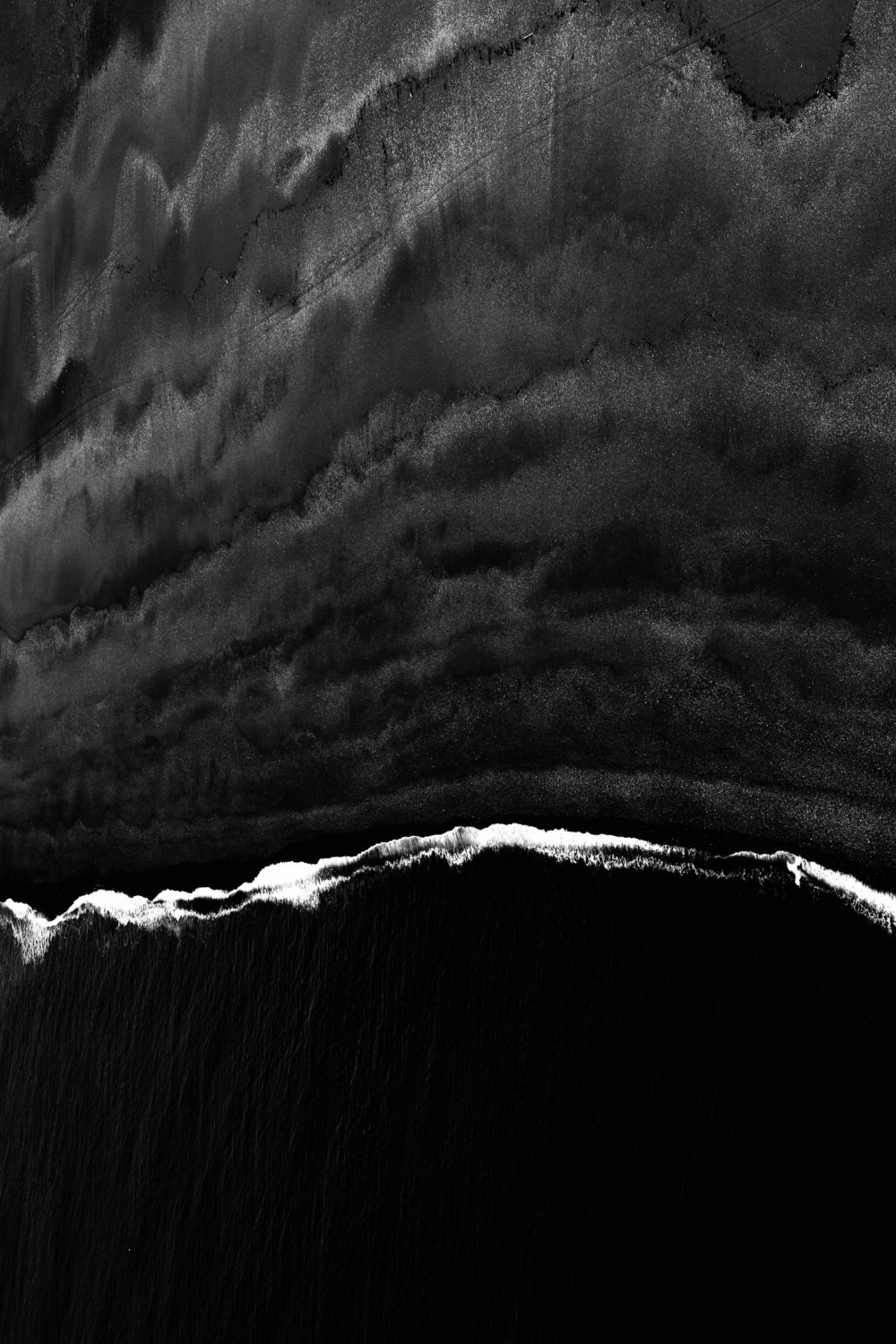Composition
Ensemble Fabrique Nomade
The Music for violin, cello, and electronic I created is a tribute to sound and to travel.
A conception close to what Tristan Murail defined as “harmonie frequentielle” that animates the entire score and a dedication to the masterpiece of Jules Verne defines the dual nature of the composition.
Divided into three parts, the whole piece is based on a spectral analysis of five cello’s “pizzicato” (prepared with pieces of metal on the strings).
The starting sound, so, even if enharmonic and therefore closer to a gong that to a cello, keeps the color of the wood and of the strings of the original instrument.
Then i created a synthesizer (additive synthesis) capable of reproducing these complex spectra, that is a sort of electronic orchestrator of the score.
Through this coherent process of analysis and re-synthesis i reach a fusion of sounds between the strings and electronics, which would not be possible otherwise.
This is the level where the relationship between acoustic and electronic lies and grows building a real possibility of fusion or dialog or a dichotomic contrast.
Violin and Cello are processed in real time in order to create a processed sound which is perceived strongly linked and highly dependent on the acoustic instrument.
The work on the spectrum of the electronic instruments is detailed but expressly minimal, to keep the acoustic environment able to communicate with the spectral synthesizer and the electronic.
The instrumentalist, therefore, has a big responsibility for the electronic in real time and its relationship with the instrument and with others.
Composition for Violin, Cello, Karlax and electronics.
Ensemble Fabrique nomade.
Violon: Szuhwa Wu
Violoncello : Martina Rodriguez
Karlax: Francis Faber
Etienne Graindorge: Ingenieur du son
Commande Ina-GRM, Création Paris, Mai 2013.
